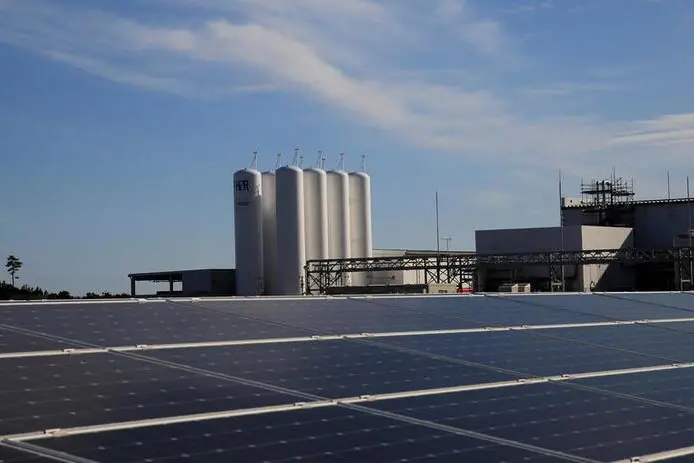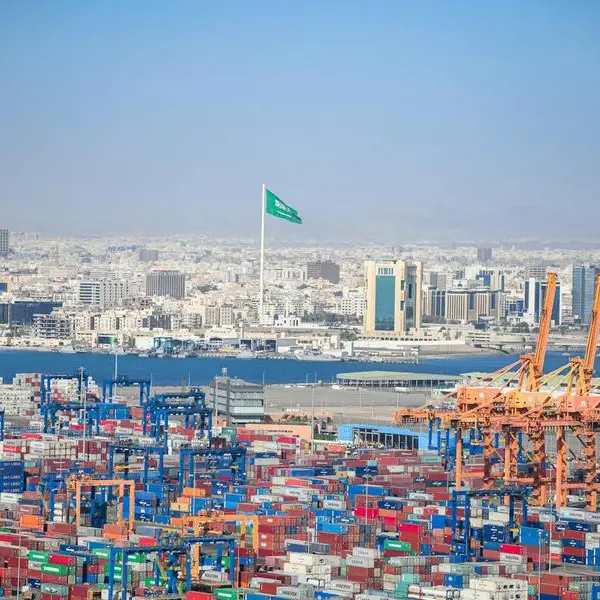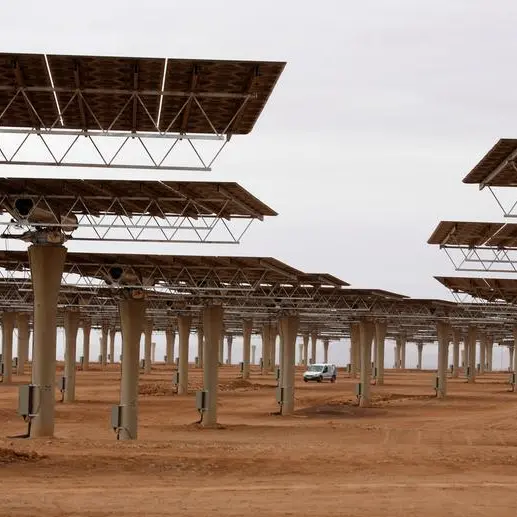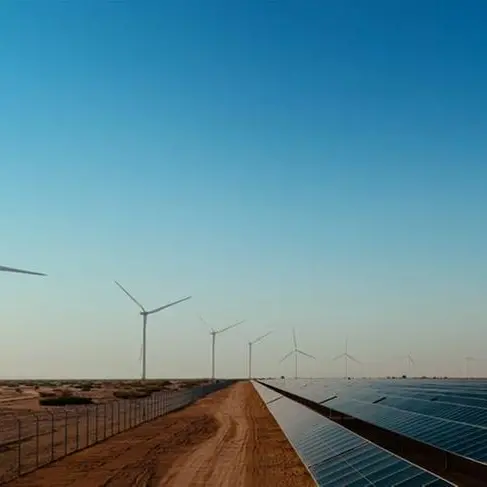PHOTO
The Gulf Cooperation Council (GCC) countries can generate annual revenues of up to $200 billion from green hydrogen by 2050, a study jointly conducted by Dii Desert Energy, Roland Berger and Masdar has revealed.
There is potential for long-term renewable energy deployment of up to 1,000 gigawatts (GW), with up to 500 GW electrolyser capacity, leading to the production of approximately 100 million metric tonnes of green hydrogen. The industry can create up to one million jobs across different parts of the value chain by 2050, according to the report.
Mohamed Jameel Al Ramahi, the CEO of Masdar, said: “Green hydrogen has great potential not just as a fuel of the future, but as the foundation of an industry requiring new technology and a new generation of skilled employees. The demonstrator plant we are building in Masdar City with our partners will go a long way to proving the commercial viability of green hydrogen.”
Positives
The GCC is one of the world’s best locations for developing green hydrogen projects given record low renewable energy tariffs, the report said. For example, the 2GW Neom project in Saudi Arabia aims to produce hydrogen between US$1.5-1.95 per kg, on the basis of world record low renewable energy prices and one of the highest combined-capacity factors at over 70 percent for solar and wind energy.
The report noted that significant funding is available through sovereign funds and international investors and the region has a proven track-record in building and operating export infrastructure. It has a central location to future large energy demand markets, such as the Europe and East Asia.
Vatche Kourkejian, Partner at Roland Berger, said: “The GCC region is on the verge of a new era similar to the discovery of oil decades ago. In our joint study with Dii Desert Energy, we showcase the huge potential that green hydrogen possesses for the GCC region and the opportunity to continue being the main energy supplier to the world in a sustainable manner. The study looks at green hydrogen's job creation potential as well as the opportunities for localisation of parts of the value chain, which would be transformative for the region's economy and drive for diversification.”
Key enablers
The report identified four key enablers to unlock the green hydrogen potential – Set realistic and quantified targets for country strategies with a comprehensive and integrated approach, and define a governance body to coordinate and oversee the development of the hydrogen ecosystem; build hydrogen valleys combining green hydrogen production, storage, distribution and end-use in one geographical area; engage in international and technology partnerships and enhance capacity building programmes to prepare the qualified work force across its wider value chain.
Local opportunities
GCC countries have an attractive localisation opportunity along the hydrogen value chain, according to the report. Electrolysis has the largest potential in the short term as it represents a 20-40 percent share of the total cost and the technology is mature. Given the overall market growth, large-scale electrolyser capacities are just being ramped up creating manufacturing opportunities for GCC countries.
“Additionally, engineering and design activities could be localised in the medium and long-term if the demand is significant and the required capabilities are developed. Research and Development activities should be promoted to gain technological leadership along the hydrogen value chainm” said the report.
The green hydrogen economy could create 400,000-900,000 direct and indirect jobs in the GCC by 2050, the report said.
The largest job creation in the value chain will be within the renewable industry dedicated to green hydrogen followed by the electrolysis industry.
By 2050, the GCC region can create approximately 200,000- 450,000 jobs in the renewable industry dedicated to green hydrogen, 100,000-220,000 jobs in the electrolysis and related industries, 65,000-150,000 in the hydrogen storage space and about 45,000-90,000 jobs in the hydrogen distribution sector, the report noted.
Manufacturing activities across the hydrogen value chain could employ approximately 180,000-400,000 people, 120,000-270,000 people in the design and installation related activities and create about 100,000-230,000 jobs in operation and maintenance activities by 2050, the report revealed.
(Writing by Sowmya Sundar; Editing by Anoop Menon)
Disclaimer: This article is provided for informational purposes only. The content does not provide tax, legal or investment advice or opinion regarding the suitability, value or profitability of any particular security, portfolio or investment strategy. Read our full disclaimer policy here.
© ZAWYA 2021























